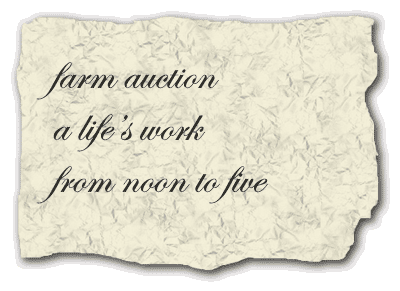Dígalo con solo 17 sílabas
Un pétalo caído
vuela de regreso a su rama:
¡ah! ¡Una mariposa!
¡Qué cuadro tan delicado se transmite con estas pocas palabras! Lo cierto es que para decirlo en japonés, solo se utilizan diecisiete sílabas. Los japoneses, eternos maestros de la miniaturización, loan a su país y a su gente mediante el haiku, una forma de poesía que consiste en tres versos que no riman.
En un principio, el haiku formaba parte de un waka o tanka, composición poética compuesta de cinco versos con un total de treinta y un sílabas. Los poetas aficionados de la Edad Media gustaban de utilizar el waka en una especie de juego literario: uno recitaba los tres primeros versos y otro terminaba el waka añadiéndole los otros dos. Con el tiempo, aquellos fragmentos iniciales compuestos de tres versos llegaron a hacerse populares, y así fue como nació el haiku.
Cómo componer un “haiku”
El haiku es una lección de brevedad. El primer verso y el tercero tienen cinco sílabas, mientras que el segundo, siete. Lo tradicional es que todo haiku contenga el nombre de una estación o alguna palabra que evoque la época del año. “Nieve” hace pensar en invierno; “rana” o “capullo” recuerdan la primavera, y la palabra “calor” puede sumir al lector en pleno bochorno de un sofocante día de verano. Sí, el experto en este tipo de composición poética es capaz de transmitir vívidamente un estado de ánimo con tan solo unas sílabas.






















 Posts y Lecturas al azar / Random posts & Readings
Posts y Lecturas al azar / Random posts & Readings